Think you know the Nordic region? Match 15 cities to the correct country across Denmark, Norway, Sweden, and Finland. A clean, straightforward test of Northern European geography.
Easier, 15 Qns, Ovaldas,
Dec 05 25
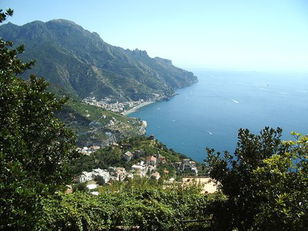
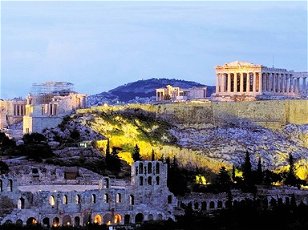 Greece is home to numerous ancient structures, while its more modern counterparts are nothing to shy away from. Come take a tour of these incredible Greek landmarks! (Click the images to get a closer look!)
Greece is home to numerous ancient structures, while its more modern counterparts are nothing to shy away from. Come take a tour of these incredible Greek landmarks! (Click the images to get a closer look!) |
|
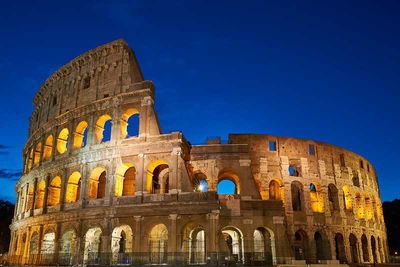 These three countries are so full of monuments that reflect their histories, their cultures and their people.
These three countries are so full of monuments that reflect their histories, their cultures and their people. 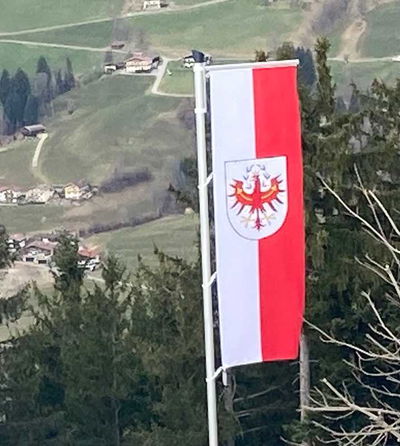 I had a lot of fun on my recent holidays. Let's see if you can identify where and what I saw.
I had a lot of fun on my recent holidays. Let's see if you can identify where and what I saw. 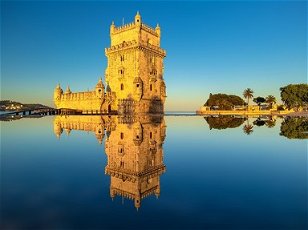 Immerse yourself in the charm of Lisbon through its iconic structures. Match the picture with the name of one of the city's architectural wonders!
Immerse yourself in the charm of Lisbon through its iconic structures. Match the picture with the name of one of the city's architectural wonders! 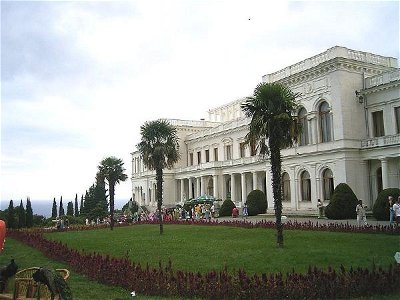 The 2007 project 'Piznai Ukrainu!' (Discover Ukraine!) gave Ukrainians a chance to vote on the Seven Wonders of Ukraine, to which three additions were made by the government. Let's have a look at these sites of national significance.
The 2007 project 'Piznai Ukrainu!' (Discover Ukraine!) gave Ukrainians a chance to vote on the Seven Wonders of Ukraine, to which three additions were made by the government. Let's have a look at these sites of national significance. 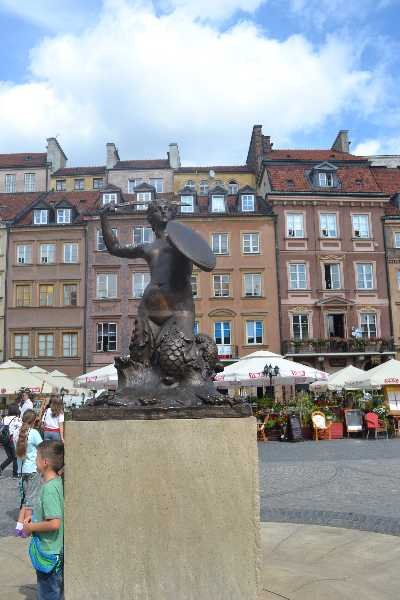 A holiday to this lovely country took me by surprise. While it may not be as popular as some of the other European countries, Poland has a lot to offer visitors and is definitely well worth a visit.
A holiday to this lovely country took me by surprise. While it may not be as popular as some of the other European countries, Poland has a lot to offer visitors and is definitely well worth a visit. |
|
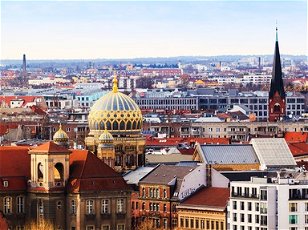 Germany is home to many incredible world sites. Enjoy these twelve breathtaking landmarks. (Click the images to get a closer look!)
Germany is home to many incredible world sites. Enjoy these twelve breathtaking landmarks. (Click the images to get a closer look!)  Quick Question
Quick Question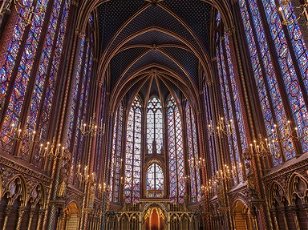 See if you can locate 15 European UNESCO World Heritage sites. Any one of these sites would be an incredible adventure. I see a bucket list forming... Enjoy!
See if you can locate 15 European UNESCO World Heritage sites. Any one of these sites would be an incredible adventure. I see a bucket list forming... Enjoy! 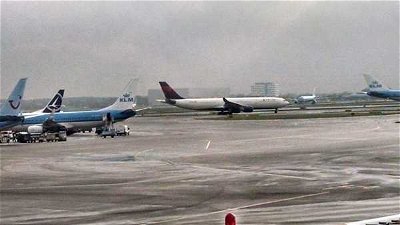 Here's a quiz based off a business trip I took to both Amsterdam and Paris. The purpose of the trip was to tour the airports of each city, since I work for a major airline. Despite being there only two days, I was able to do a little sightseeing.
Here's a quiz based off a business trip I took to both Amsterdam and Paris. The purpose of the trip was to tour the airports of each city, since I work for a major airline. Despite being there only two days, I was able to do a little sightseeing. |
|
|
|
 = Top 5% Rated Quiz,
= Top 5% Rated Quiz,
 Top 10% Rated Quiz,
Top 10% Rated Quiz,
 Top 20% Rated Quiz,
Top 20% Rated Quiz,
 A Well Rated Quiz
A Well Rated Quiz
· All questions, answers, and quiz content on this website is copyright FunTrivia, Inc and may not be reproduced without permission. Any images from TV shows and movies are copyright their studios, and are being used under "fair use" for commentary and education.